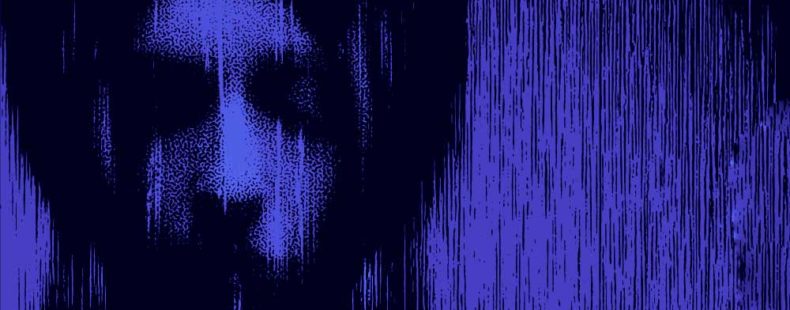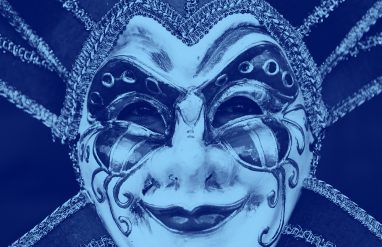Ghostly Spirits
From the time of the pharaohs, ghosts have haunted the human psyche in various forms. The spirits may be benevolent or malicious depending on which side of the grave they wake up on. In an effort to prevent a mass haunting, here’s a list of uniquely-named spectral spirits that every good mortal needs to know. Trust us, this list is a life-saver.
























